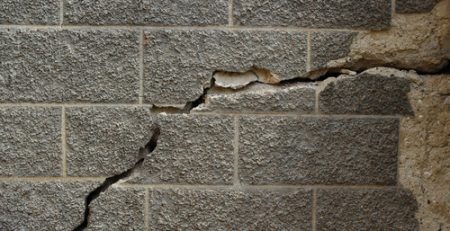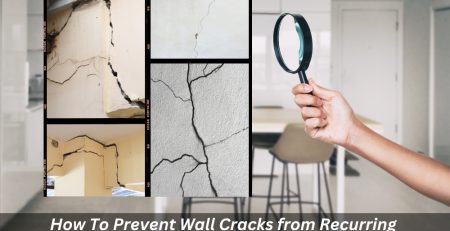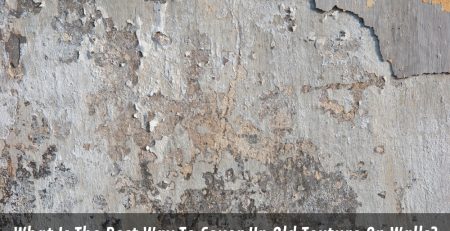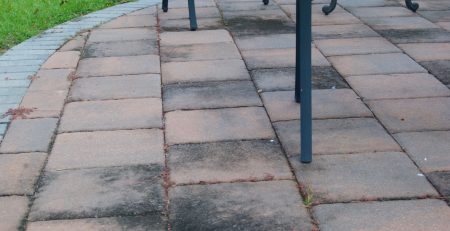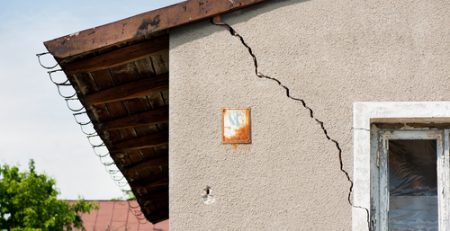Causes of Hairline Cracks in Walls and Ceilings & How to Fix?
Found the dream property in the dream spot, but what are the causes of hairline cracks in walls and ceilings?
Any of the wall crashes may be classified as signs of extreme and symptomatic structural collapse during a building inspection, whereas others might not be so significant and merely superficial.
Cracks in walls are bad, but they may also signify significant structural flaws in the house. But how will you say whether an awkward tiny crack can over time develop a massive yawning fracture in your living room wall?
The newly painted walls that you saw at the open for inspection might hide a likely Grand Canyon of a crack.
It is crucial to consider whether a wall crack will quickly be patched with a bit of a strategically positioned filler and a paint lick or whether expensive structural repairs are required in your house.
Underestimate the gravity of the holes in walls and you can be without a roof above your head.
Causes of Hair Cracks in Walls and Ceilings
During the seasonal shifts, minor hairline cracks in plaster walls can be strictly decorative and attributable to mild contraction and expansion of the timber framing of the home.
Other internal wall fractures can be signs of more severe systemic problems like subsidence, bad original construction or structural and foundational failings as discussed below.
Cracks in the wall at the building inspection may need expensive specialist action which may not always be protected by insurance.
Although fine hairline plaster horizontal cracks may simply be induced by plaster shrinkage, other horizontal cracks are more serious. Unbalanced soil pressure on concrete block base walls also creates horizontal cracks in the wall found during construction inspection.
Other horizontal splits in walls can be triggered by pressure on a collapsed wall or suggest issues with the load-bearing and are of interest to protection.
Hairline cracks also emerge due to drying or heat shrinking. These kinds of fractures are tougher to manage. Since they normally appear close to the surface, reinforcement does not avoid them.
The only prevention is to use a strong mixture template with low tendencies to shrink. Still, there can be hairline gaps, and these are mostly close moisture areas (sinks and dishwashers) where dry concrete retains moisture repeatedly and dries out.
These wetting and drying processes will inevitably contribute to the cracking of the asphalt, as well as a crack of a piece of steel if twisted back and forth sufficiently.
How to Fix Hairline Cracks?
There are several wall crack repair solutions. If there are hairline cracks, it is reasonably straightforward to cover wall cracks. Minor, merely decorative cracking may be fixed or covered with paint and filler.
However if a subordinate structural flaw triggers the wall fractures, repairs may be much more expensive, time-consuming and uncomfortable. The more you sit, the more costly the dilemma is.
Repair solutions for broad wall cracks include first a specialist evaluation of the root cause of the crack.
A hairline crack repair (or any crack to this effect) involves the crack being filled with a substance that attaches to the mortar, restores the appearance of the counter and prevents the fluids which may stain the concrete from penetrating.
Furthermore, the optimal repair medium is durable and tougher or stronger than steel, avoiding possible cracking.
Reparation of hairline splits can be tough since the breakage requires experience, persistence, exercise and a good eye to complement the colour. A hairline crack description is a crack that has not opened.
This ensures that there is no space for loading it with anything but a substance of very low viscosity. Since most hairline cracks do not damage the structural integrity of a counter, the quay objectives of restoration are to seal and dissimulate the crack.
The smartest option = get an inspection from one of the best rendering services in Sydney. Experts from Jim’s Rendering are able to find out the underlying causes and choose the best rendering solutions for you. Contact us today!


